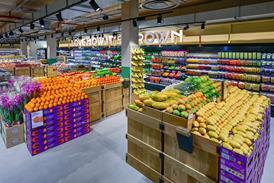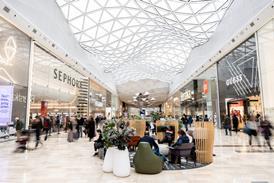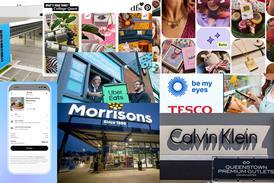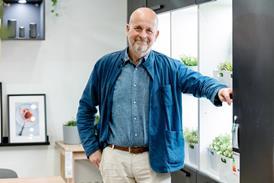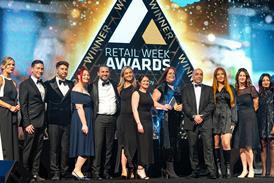Opinion: Experiential retail is key to store success in the digital era

It is no secret that traditional ‘bricks and mortar’ retailers have come under intense pressure in the digital era.
Increasing operating costs and dwindling footfall have eaten into store profitability as consumers gravitate towards the convenience and competitive pricing of online platforms. Layered on decades of store expansions, real estate portfolios look unfit today.
The instinctive reaction from retailers has been to cut stores at an unprecedented rate, and the company voluntary agreement (CVA) has become the instrument of choice. Since 2017 alone, CVAs have been utilised to close over 950 stores in the UK, with household names including Carpetright, Mothercare and Homebase among the actors.
Already have an account? Sign in here


